Eco Luxury
Even when tourism opened up here in the late 90s, this archipelago remained largely untouched due to its isolation and size. It’s only in recent years that luxury tourism has started to make its appearance here. This has come with the recent arrival of luxury eco-resorts tucked into the wild beachfront forest of the archipelago’s isolated islands. Wa Ale Resort in the archipelago’s far-flung Lampi Marine National Park is among the prominent, having opened in 2018 after establishing the Lampi Foundation to set up a number of conservation and community projects in the surroundings. This eco-resort sits on the wildest side of a 5,000-acre forested, beach- and mangrove- fringed island. Just 11 beachfront safari-style tented suites back the island’s sandy shores, with three treetop villas peering out from the canopy, while the open-sided pavilion provides uninterrupted views of the waves as they come rolling in. Days are spent exploring the surrounding environment on land and both above and below the water, while finding out about the resort and foundation’s conservation and community projects. Even in the wildest of settings, with sustainability proving the priority, the level of luxury shows no compromise. Interiors and furnishings are beautifully crafted and the dining experience is as impressive as the unspoilt views.





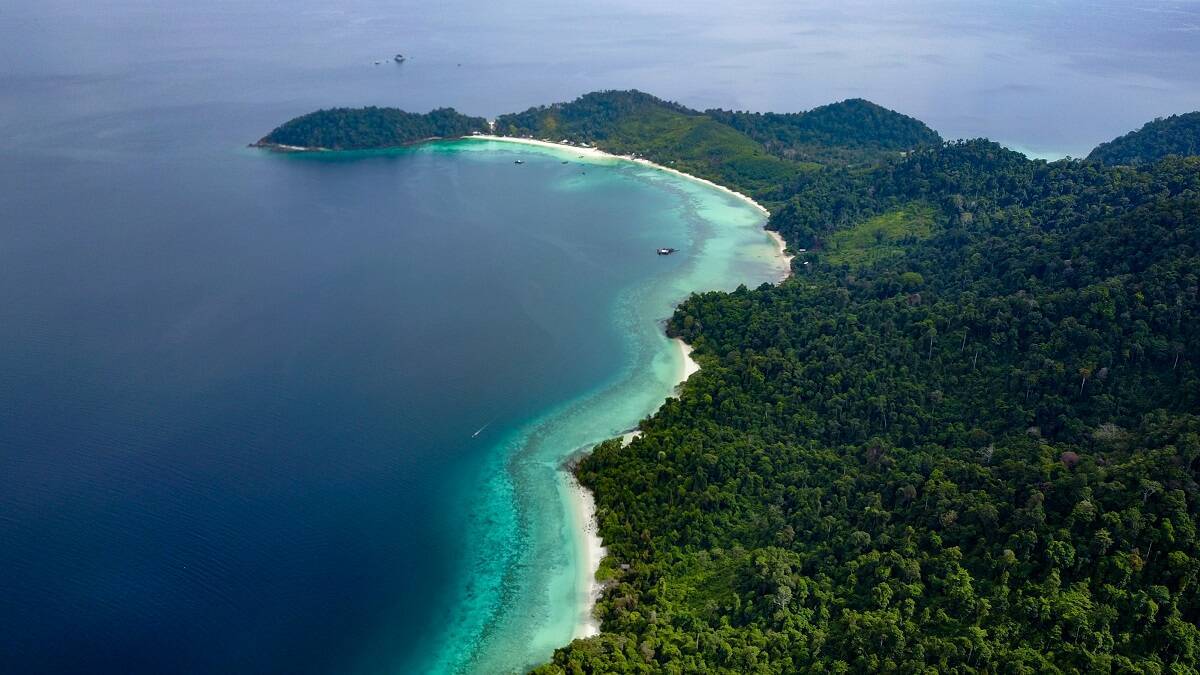
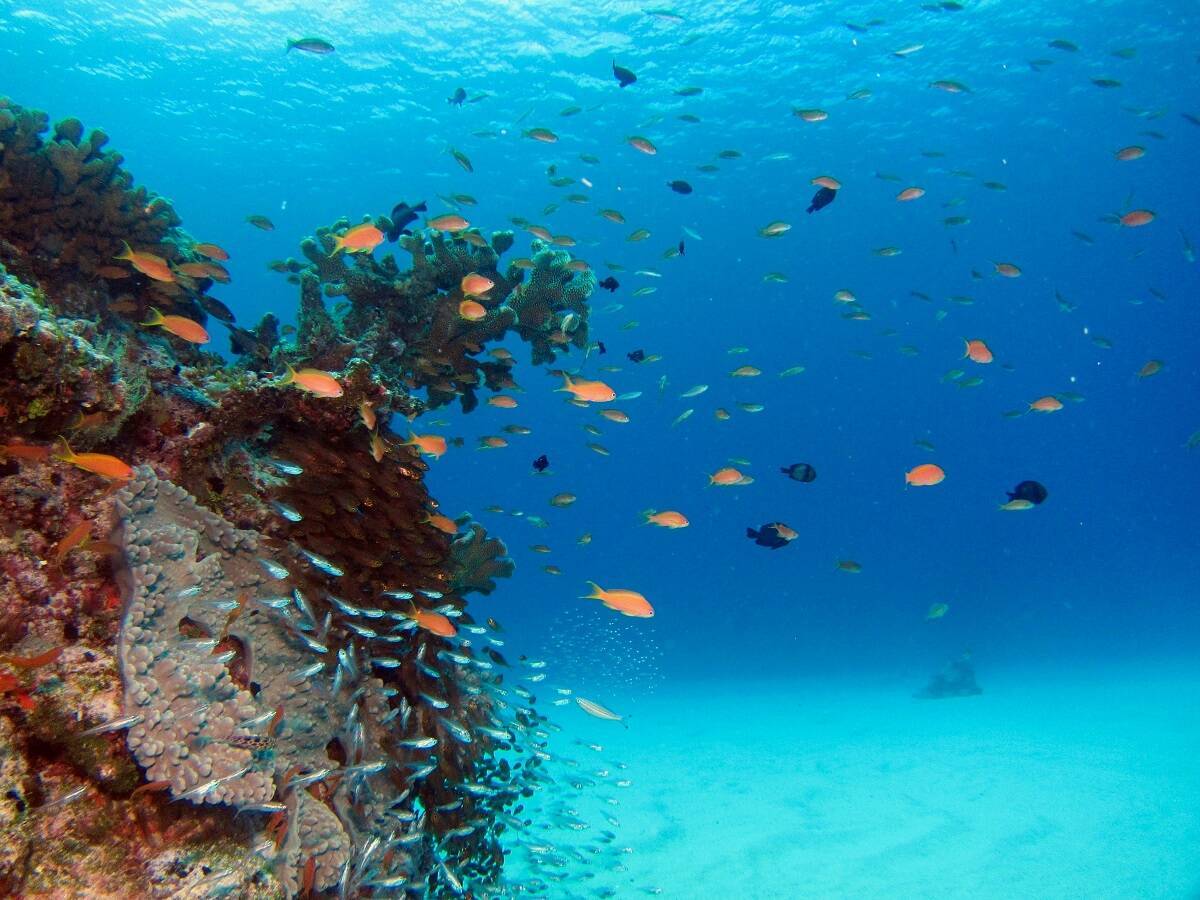
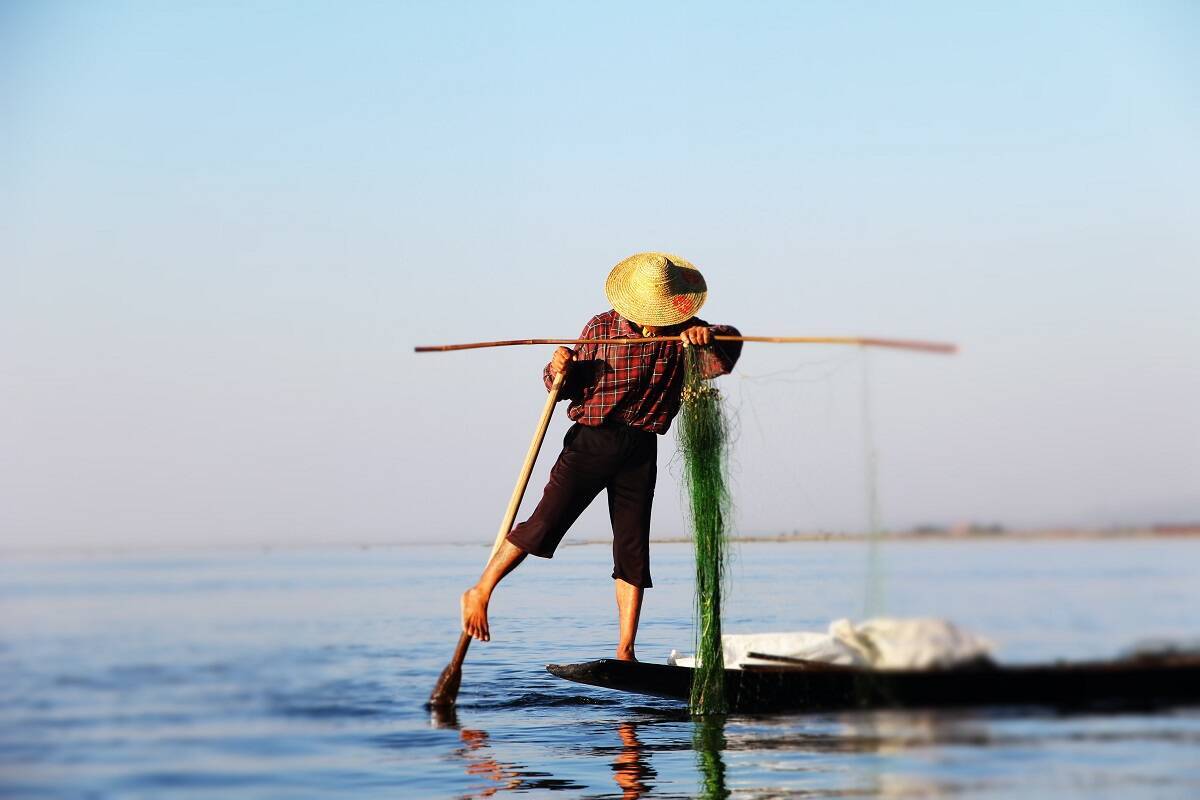
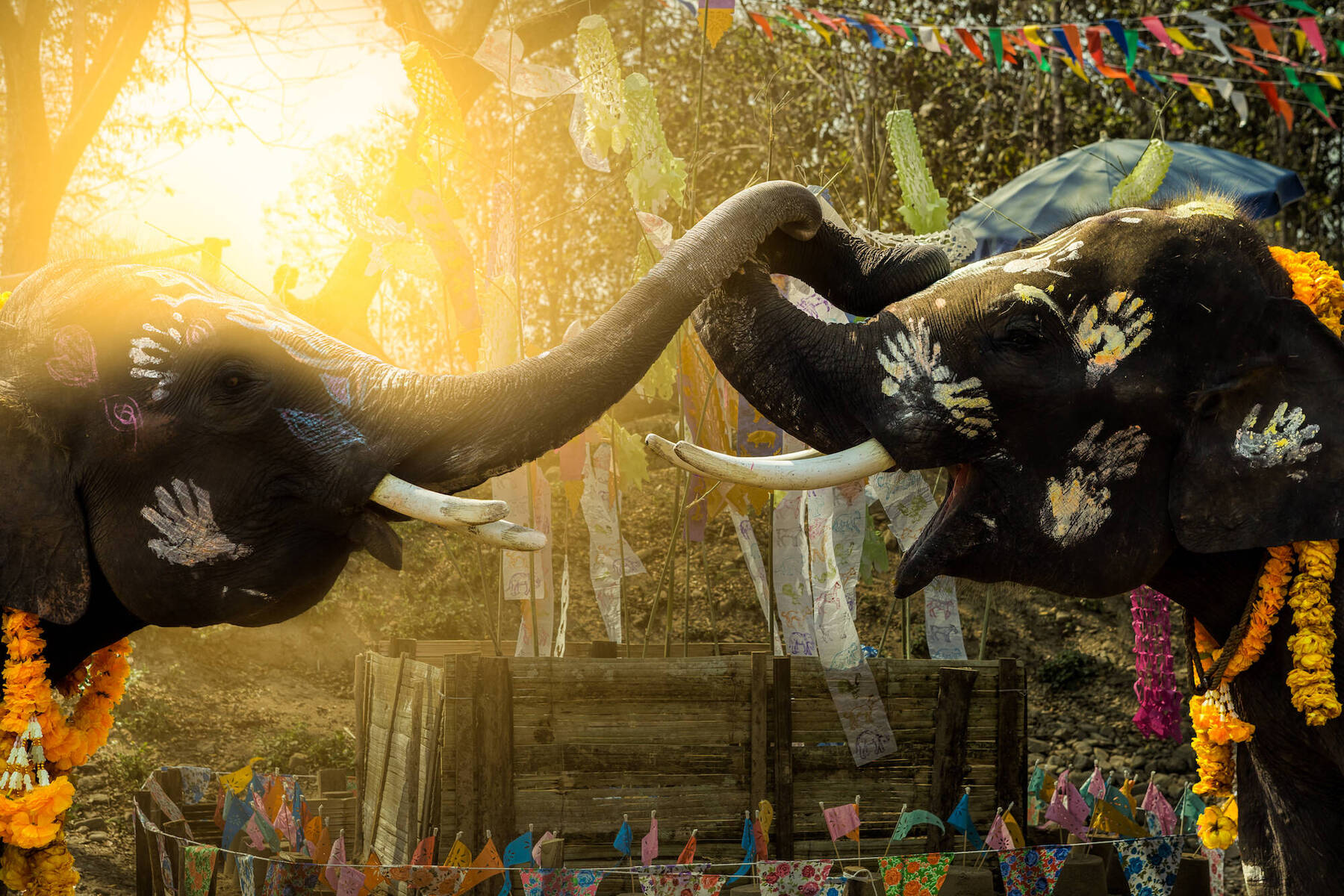
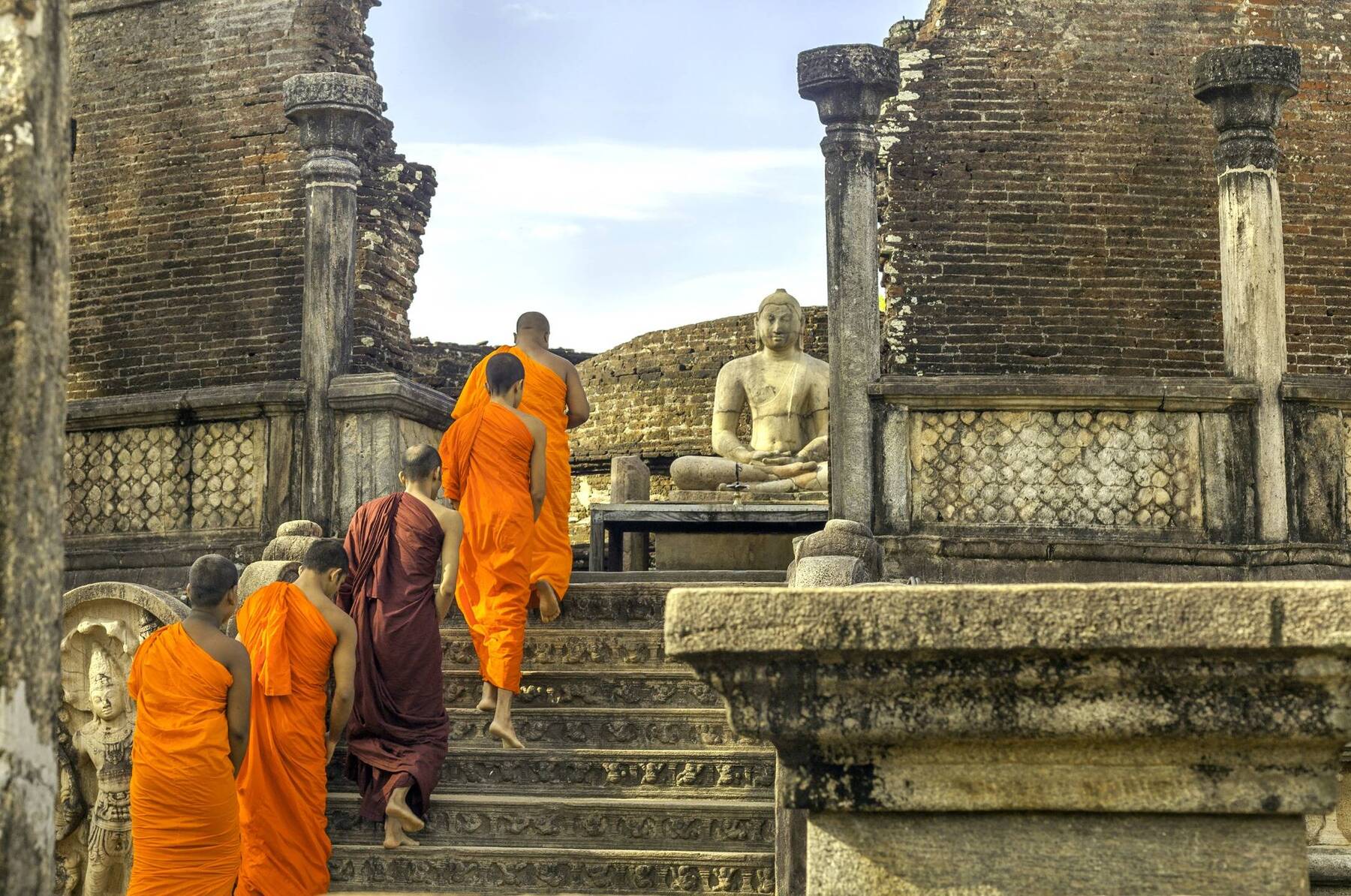
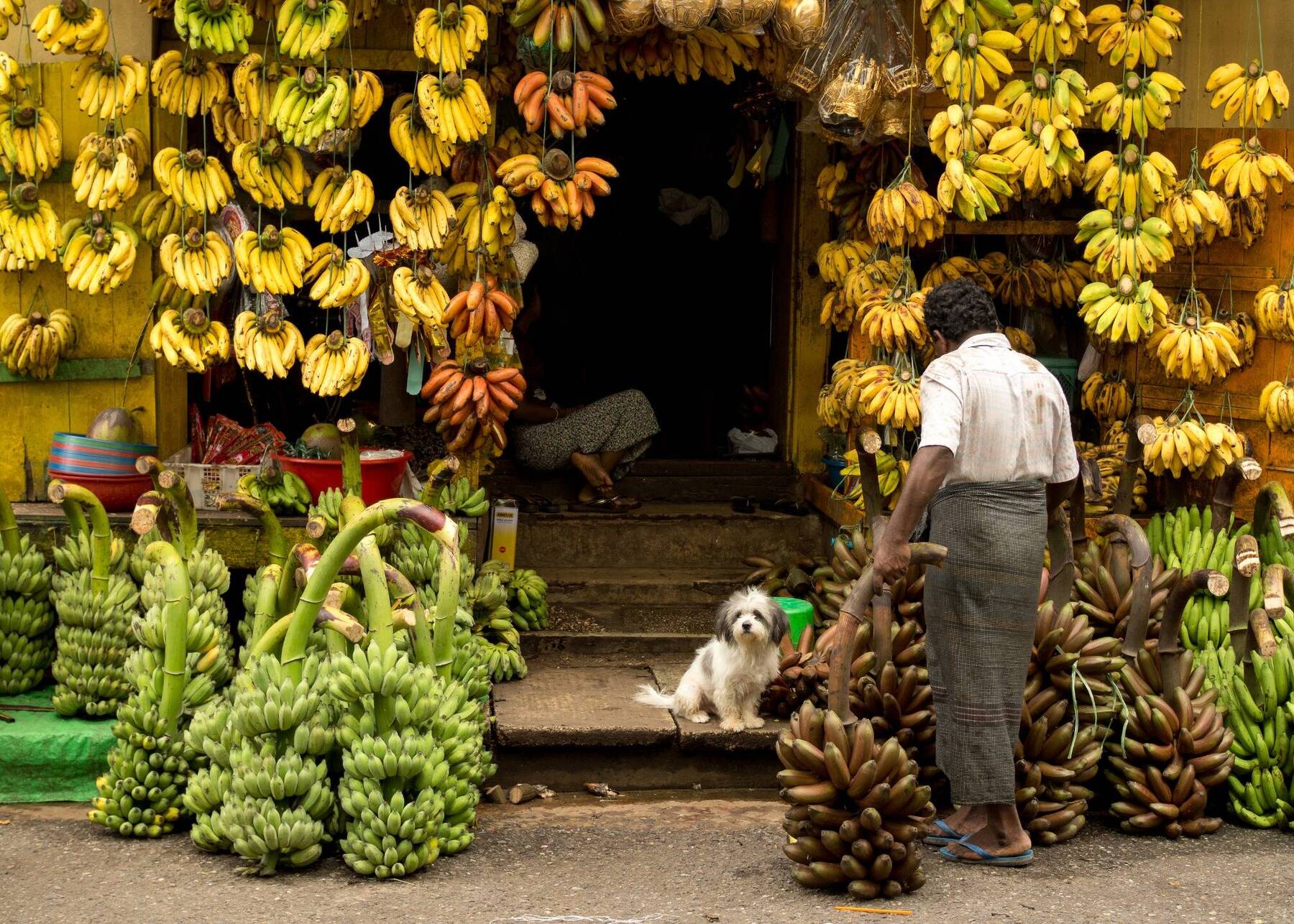




Comments